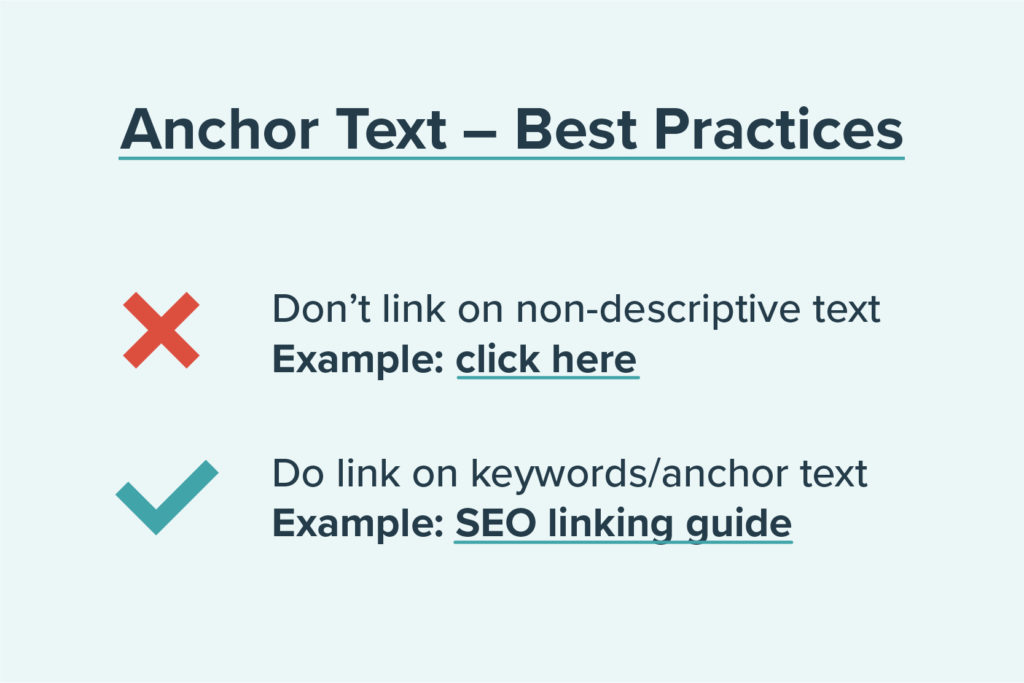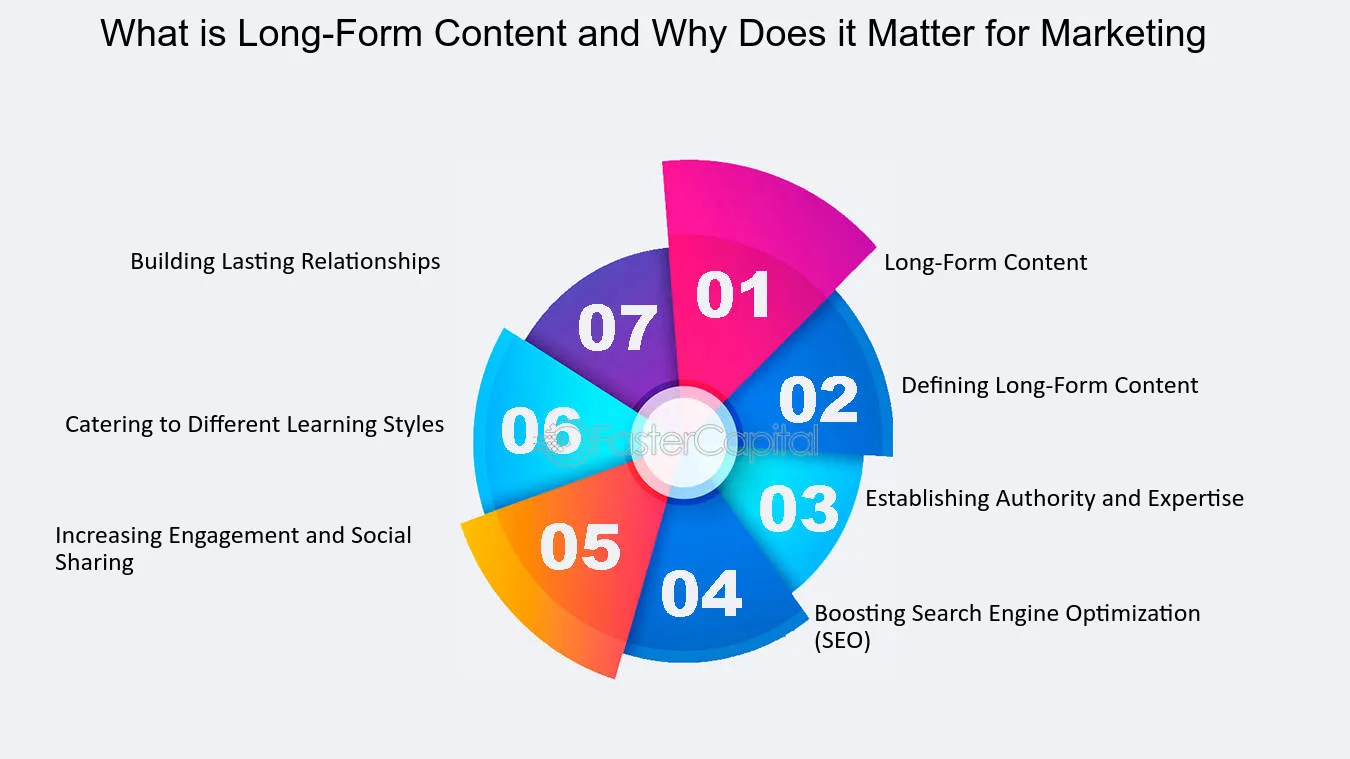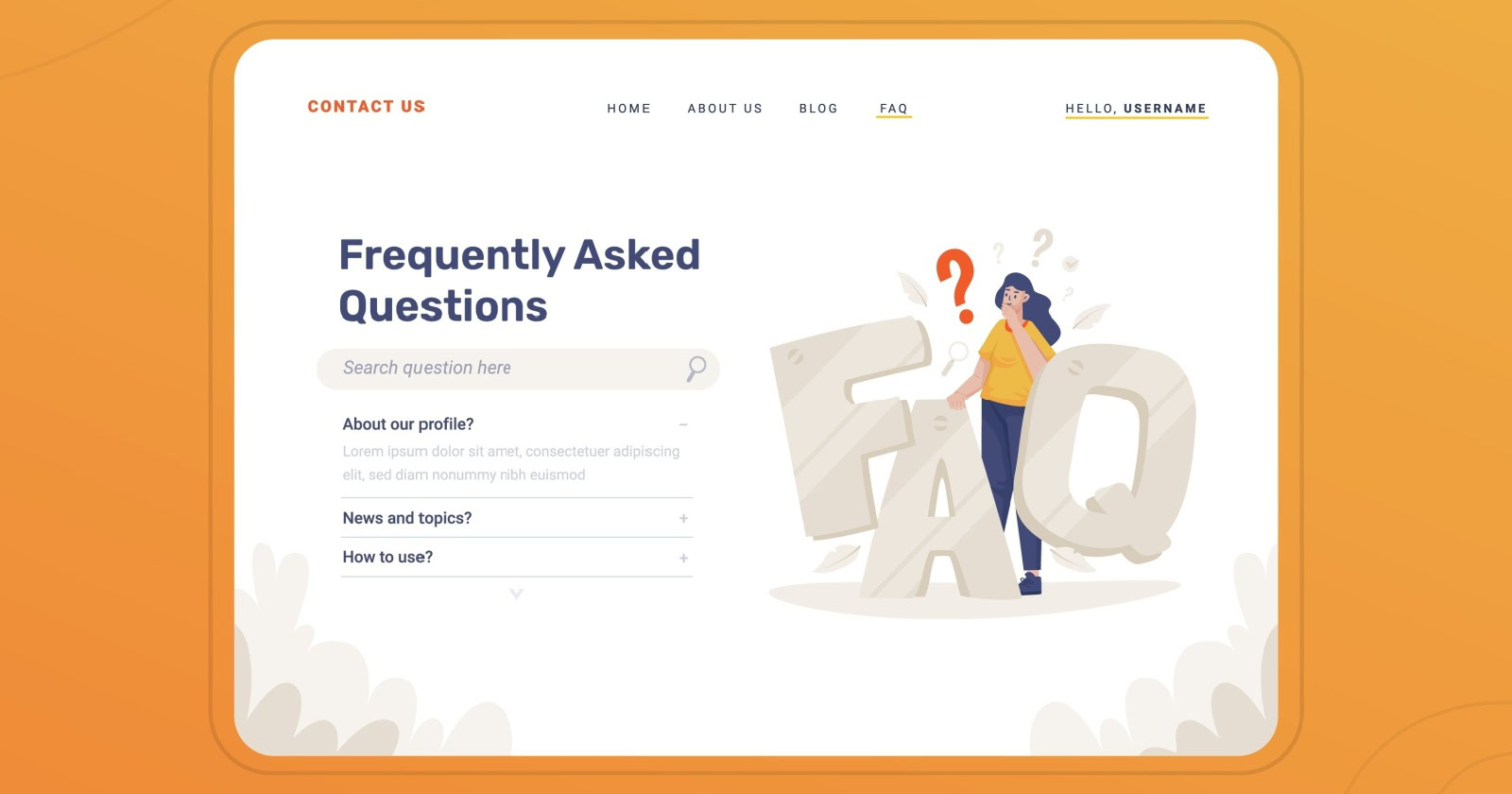Want your long form blog posts to rank higher in Google's search results? It all starts with getting smart about Word SEO.
In today’s competitive digital space, writing content that Google loves isn’t just about keywords—it’s about crafting the right blog post length, matching search intent, and delivering high quality, long form content that drives organic traffic.
From understanding the ideal word count to choosing between short form and longer blog posts, this guide will help you optimize every word for better visibility, more readers, and higher SEO rankings.
Whether you're curious about the average blog post length, wondering how many words your content needs, or trying to boost search engine results with in-depth articles, you're in the right place.
What Is Word SEO and Why Does It Matter for Google Rankings?

Word SEO refers to the strategic use of word count, content length, and the length of a blog to improve how a blog post performs in search engines.
It's not just about including keywords—it's about writing content that aligns with search intent while delivering valuable, well-structured information in the right amount of words.
Why Word Count Matters in SEO
Google doesn’t rank pages based on length alone—but there is strong correlation between long form content and higher rankings. Why? Because:
- Longer blog posts typically provide more in-depth answers
- They naturally include more relevant keywords and related terms
- They encourage longer time on page, which can signal quality to Google
While there's no one-size-fits-all rule, studies show that the average word count for ideal blog post length often falls between 1,500 and 2,500 words depending on topic complexity, competition, and target audience.
Finding the Right Blog Post Length
The optimal blog post length should balance:
- User experience (readability and relevance)
- Topic depth (does the post fully answer the query?)
- Competition (what’s ranking on Page 1?)
For informational or evergreen content, long form blog posts often outperform short posts in terms of visibility and engagement. However, concise posts still work well for quick answers or timely updates—so context matters.
What Is the Ideal Blog Post Length for Better SEO Performance?

When it comes to ranking well in search engines, the ideal blog post length plays a critical role in ranking blog posts —but it’s not just about hitting a specific word count. The right post length depends on search intent, target audience content type, and how well your article meets user needs.
What’s the Ideal Word Count for SEO?
Research shows that the average length of optimal blog post length for better SEO performance typically falls between 1,500 and 2,500 words. This range gives enough space to:
- Cover a topic in-depth
- Satisfy search intent
- Include relevant keywords and internal links
- Provide value to both readers and search engines
That said, there’s no magic number. A post's length should match the complexity of the topic. For instance:
- A how-to guide might require 2,000+ words
- A news update may only need 600–800 words
- A product review could fall somewhere in between
Why Longer Blog Posts Often Perform Better
Long form content typically performs better for SEO because it:
- Increases time on page, signaling engagement
- Gives space to target multiple keywords
- Offers more opportunities for internal linking
- Builds authority and trust with in-depth coverage
Many top ranking posts in Google feature longer blog posts, especially for competitive keywords.
Balancing Length and Relevance
While a higher word count helps with SEO, more words ≠ better rankings if the content:
- Lacks clarity or direction
- Includes fluff or filler
- Doesn’t directly address the user's query
Focus on quality and structure. Use headings, bullets, and visuals to make longer articles easy to digest.
How Should You Structure Blog Articles for SEO Using Internal Links?

Strategically structuring your blog articles with internal links is essential for boosting your SEO ranking, improving user navigation, and delivering high quality content that keeps readers engaged.
When done right, internal linking supports your overall content strategy, enhances topical authority, and helps search engines better understand the structure and relevance of your website.
Here’s how to do it effectively:
1. Start with a Clear Content Hierarchy

Create a content architecture where:
- Pillar pages cover broad topics
- Supporting blog posts dive into subtopics
- Each article logically connects to others through internal links
This helps distribute authority, makes sense to both users and search engines, and improves crawlability.
2. Use Descriptive Anchor Text

Instead of generic text like “click here,” use anchor text that:
- Clearly describes the linked page’s topic
- Aligns with user search intent
- Helps search engines understand context
3. Link to Relevant, Contextual Pages

Always link to helpful content that adds value or expands on the topic:
- Ensure the link flows naturally in the paragraph
- Avoid overlinking or forcing unrelated URLs
- Use transition words to guide the reader smoothly between ideas
- Internal links should feel like part of a professional conversation—not a list of random URLs.
4. Link High-Traffic Posts to Lower-Traffic Ones

Use your popular blog posts to support underperforming ones:
- This drives more traffic to valuable but less visible pages
- Boosts authority for deeper or newly published content
- Balances engagement across your site
5. Include Internal Links Early in the Content

Don’t wait until the end. Placing internal links:
- In the intro or first few paragraphs increases visibility
- Helps with SEO if the linked content gets clicked early
- Improves the chances of readers exploring multiple pages
6. Use a Mix of In-Text and Navigational Links

Incorporate links:
- Within the body of your post (in-text)
- In sidebars, footers, or “related posts” widgets (navigational)
- A diverse linking strategy supports both user experience and search engine structure.
7. Regularly Audit and Update Your Internal Links

SEO isn’t set-and-forget. Review your internal links:
- Remove or replace outdated links
- Update anchor text to reflect newer focus
- Ensure that all links still serve a content strategy purpose
- Evidence suggests that maintaining internal links improves crawl efficiency and ranking consistency.
How Many Words Should a Blog Post Have to Rank on Google?

When it comes to ranking blog posts in search engine results, there’s no perfect number—but there are patterns. The truth is, longer posts often rank better, not just because they’re longer, but because they deliver more value, making a great blog post essential.
General Word Count Guidelines for SEO
Type of Content
What Really Matters Besides Word Count?
Focusing only on the number can be misleading. To write a good blog post that ranks, you need:
- A strong match with search intent
- Clear structure and headings
- Internal links to related posts
- SEO-optimized title, meta, and images
- Easy readability (no fluff)
- A great blog post balances length with clarity, utility, and engagement.
Myth Buster: More Words = Better SEO?
Not always. Here's the truth:
- Short posts can rank well for narrow, low-competition queries.
- Short form content is ideal when users want quick answers.
- But for high-volume or competitive keywords, longer posts have the edge—especially when you’re writing long form content with strong on-page SEO.
- Google values content that provides depth, not just length.
Bottom Line
So, how long should a blog post be? It varies by topic, industry, and intent. But if you're aiming to rank on Google:
- Target 1,500–2,500 words for most blog content
- Go longer (2,500+ words) for in-depth guides, product comparisons, or thought leadership
- Choose quality over quantity—high word count only matters if the content is truly useful
What Is the Ideal Length and Average Word Count of a Blog Post?

When you're ready to start writing a blog post, one of the most common questions is: How long should it be? The length of a blog post significantly impacts how it performs in search traffic and user engagement.
But instead of fixating on a single specific length, it's better to align your content with search intent and topic depth.
What Is the Ideal Length for SEO?

When it comes to search engine optimization, blog post length is a major factor—but it’s not just about word count for the sake of it. The ideal length for SEO typically falls between 1,500 to 2,500 words, especially for content that targets competitive keywords or high search volume topics.
Why This Range Works for SEO:
- Depth of Information:
Google prioritizes helpful, in-depth content that fully answers a user's query. A blog post with 1,500+ words allows you to explore a topic comprehensively, cover subtopics, and include related terms, which improves semantic relevance. - Better User Engagement:
Longer articles, when structured well, keep users on the page longer. This improves behavioral metrics like dwell time, which search engines interpret as a sign of quality. - More Opportunities for Optimization:
With greater length, you can naturally add internal links, subheadings, visuals, keywords, and long-tail search terms—all without stuffing or diluting your message. - Easier to Earn Backlinks:
High-quality, long form blog posts are more likely to be cited by others as authoritative sources. This boosts your site's domain authority, a key ranking factor. - Writing Long Form Content for High-Search Volume Topics
- If you're targeting competitive phrases with high search volume, writing long form content isn't just recommended—it’s essential. These topics demand extensive posts that cover every angle of a query. Think of it as creating a “complete answer” that a user doesn’t need to supplement elsewhere.
- Examples include:
- In-depth tutorials
- Ultimate guides
- Listicles with rich examples
- Comparative breakdowns or tool reviews
But remember, blog length must be earned—it should match the complexity of the topic and the intent behind the search, avoiding any thin content . A lengthy blog post full of fluff won't rank just because it's long. Quality, clarity, and user value matter more.
Key Factors That Affect Ideal Blog Length

To determine the ideal word count, consider these:
Longer posts tend to generate discussion, increase time on page, and give you more room to include useful tips, visuals, and internal links.
What About Shorter Articles?

Shorter articles—under 1,000 words—can still perform well if they:
- Answer a very focused query
- Offer unique insights or data
- Use concise, impactful language
- However, for top post rankings in competitive niches, longer posts usually win.
Why Is Long Form Content Effective in Content Marketing Strategies?

In today’s competitive digital landscape, long form content has become a cornerstone of effective content marketing. Whether you’re managing your own blog or publishing for a brand, writing long, value-rich posts delivers both short-term engagement and long-term SEO benefits.
1. Improves SEO and Google Rankings
The length of a blog plays a crucial role in SEO. Google often favors extensive posts because they tend to be more comprehensive, offering a complete answer to user queries. When done right, long form content naturally includes:
- Relevant keywords
- Semantic phrases
- Contextual depth
This helps Google’s algorithm understand your content better, considering the average length, and rank it higher for targeted search terms. It’s no surprise that top-ranking pages often have 1,500+ words and earn more organic traffic over time.
2. Boosts User Engagement and Time on Page
Writing long allows you to tell a fuller story, explore multiple angles, and create a narrative that holds attention. More words—if they’re high quality—can mean:
- Longer session durations
- Lower bounce rates
- Meaningful conversation in the comments section
- The more time people spend with your content, the more likely they are to trust your brand and return.
3. Attracts More Backlinks
People are more likely to link to an extensive post that acts as a one-stop resource. Long form guides, tutorials, and industry analyses are seen as linkable assets. Backlinks remain a strong Google ranking factor, making long form a smart choice in your SEO toolkit.
4. Positions You as an Industry Authority
Just like professional journalism, long form articles let you demonstrate thought leadership. A detailed post shows that you know your subject deeply and can offer unique insights—not just surface-level content. This builds credibility with both readers and search engines.
5. Supports Content Repurposing
One long blog post can easily be broken down into:
- Shorter articles
- Social media posts
- Slide decks or videos
- Newsletters
This maximizes your content ROI and keeps your message consistent across platforms.
6. Aligns with Search Intent
When a blog post varies depending on the depth of the query, longer content is often better at satisfying user intent—especially for informational or “how-to” searches. It gives readers what they came for, reducing the need to click elsewhere.
How Does Content Length Affect Search Intent and Organic Traffic?

Content length plays a critical role in how effectively your blog content length meets search intent and earns organic traffic., especially for longer articles .
Whether you’re planning to start writing or optimizing existing pages, understanding the ideal length of a blog can greatly impact your rankings and audience engagement.
1. Matching Content Length to Search Intent
Search intent is the reason behind a user’s query—are they looking for quick answers, in-depth guides, comparisons, or tutorials? When crafting a blog post, you must align content length with what the user is expecting from their search.
Informational & How-To Queries
- These typically require longer blog posts that cover a topic comprehensively.
- For example, a blog titled “How to Start a Dropshipping Store” should be 1,800–2,500+ words to fully satisfy user intent with step-by-step instructions, examples, tools, and tips.
- Here, long should a blog truly means "as long as necessary to cover the topic thoroughly."
Navigational or Simple Queries
- A search like “What is meta description?” calls for short form content, ideally 300–700 words.
- Shorter content ranks better when the searcher wants a quick, clear definition without scrolling.
By tailoring the blog post length to intent, you improve user satisfaction and reduce bounce rates, which in turn boosts your SEO performance.
2. How Content Length Impacts Organic Traffic
Longer Posts = Higher Rankings
Several studies and SEO case analyses show that longer blog posts consistently rank higher in search engine results. Why?
- They naturally include more keywords and semantic variations
- They attract more backlinks due to their perceived value
- They offer deeper engagement, increasing time on page
When deciding on the optimal blog post length, think about both audience expectations and keyword competition.
Example: The average blog post length on the first page of Google is often between 1,700–2,100 words.
But Longer Isn't Always Better
Writing more just for the sake of it can backfire, instead of effectively generating discussion . Thin short form content padded with fluff won’t retain readers or rank well. Quality beats quantity—but in-depth quality often requires more words to achieve more organic traffic .
So how long should a blog be? The answer depends on:
- Topic complexity
- Search intent
- Competitive landscape
- Your unique insights
Before you start writing, use tools like Google Search Console and competitor analysis to gauge the optimal blog post length for your topic.
Frequently Asked Questions(FAQs)

1. What’s the Ideal Word Count for Content That Matches User Intent?
There’s no fixed number for the ideal word count—it depends on the intent behind the search. A concise blog post works well for straightforward topics, while long form blog posts are better suited for complex or competitive queries.
2. Key Takeaways: How to Use Word SEO to Rank Higher in Google’s Search Result
Word SEO is about optimizing every word in your blog post to reflect what users are searching for—beyond just inserting keywords. Here’s how:
- Prioritize topic depth rather than filler content.
- Use natural, conversational language.
- Add relevant internal links to related long form blog posts or pillar pages.
- Ensure your blog length supports the goal of the content (don’t stretch short ideas or compress large ones).
- Use headings, subheadings, bullet points, and visuals to improve readability.
3. Should I consider writing style when optimizing word SEO?
Definitely—your writing style directly influences how both readers and search engines evaluate your blog post.
Conclusion
The ideal blog post isn't defined solely by word count—it’s about aligning content length with user intent, topic complexity, and SEO goals.
While long form blog posts (1,500–2,500+ words) often rank higher due to depth and value, shorter articles can succeed when they provide concise, focused answers. Word SEO goes beyond keyword density, emphasizing quality writing, structure, and relevance.
By crafting well-optimized, engaging blog posts that meet readers’ needs and follow SEO best practices—like internal linking, clarity, and strategic formatting—you position your content to attract more organic traffic, rank higher in Google, and build long-term authority.

.jpg)
.jpg)
.jpg)
.jpg)
.jpg)
.jpg)
.jpg)
.jpg)
.jpg)
.jpg)
.jpg)
.jpg)
.jpg)
.jpg)
.jpg)
.jpg)
.jpg)
.jpg)
.jpg)
.jpg)
.jpg)
.jpg)
.jpg)
.jpg)
.jpg)

.png)
.png)
.png)
.png)
.png)
.png)
.jpg)
.jpg)
.svg)

